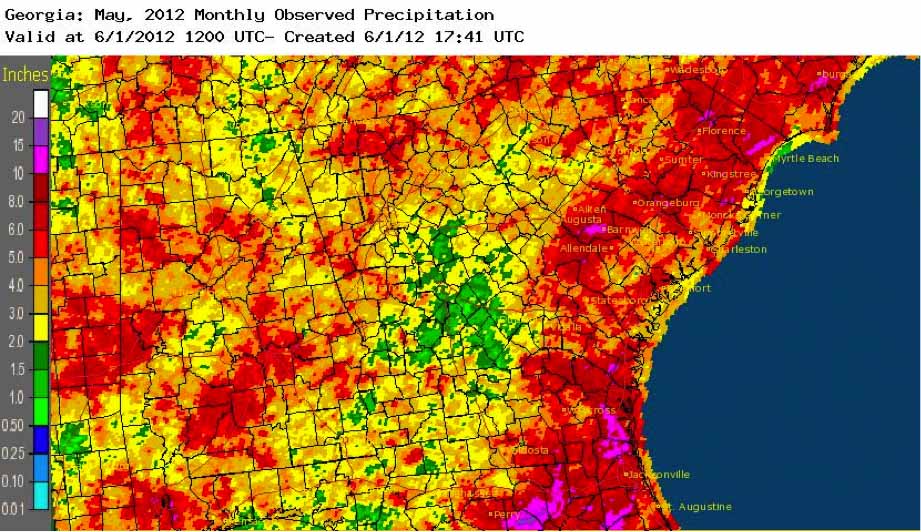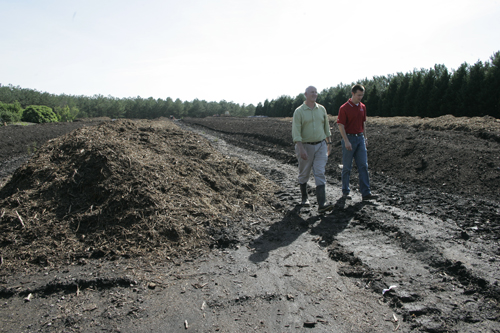 CAES News
CAES News
Water Smarter
A beautiful lawn needs water. However, with another dry summer looming, that water may be in short supply — whether it comes from the sky or the sprinkler.



.jpg)
